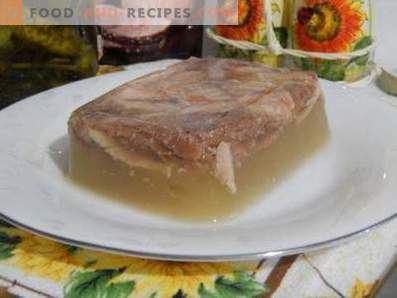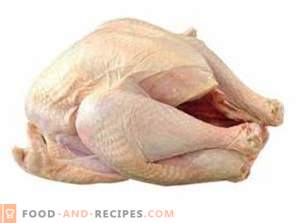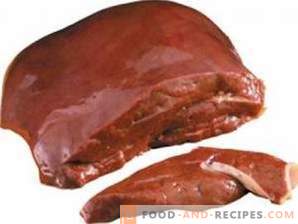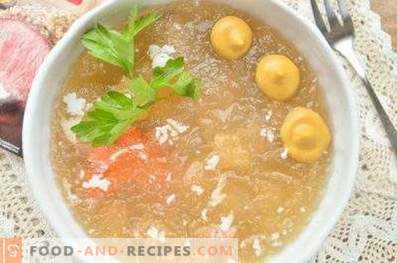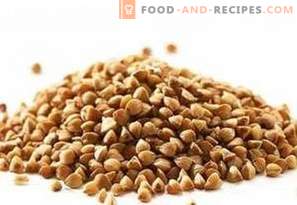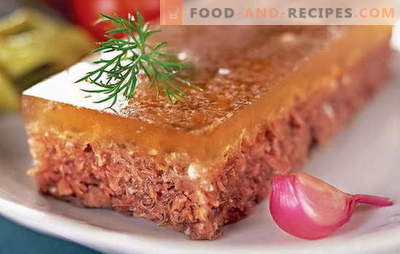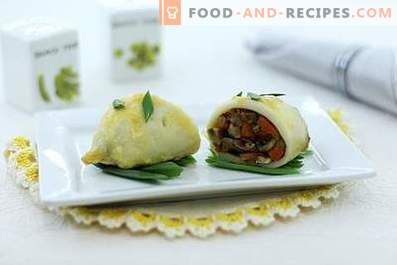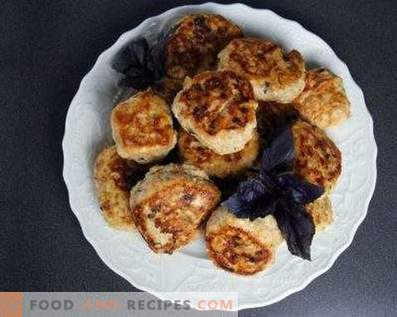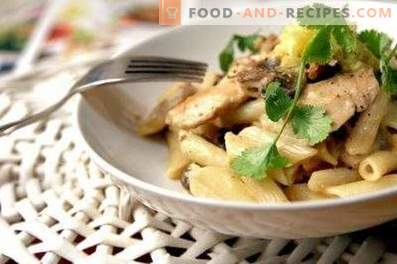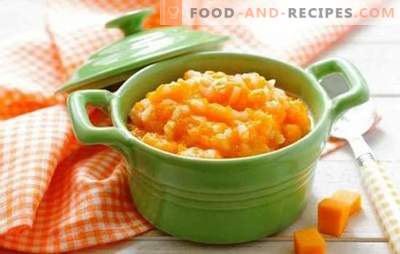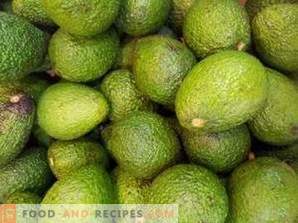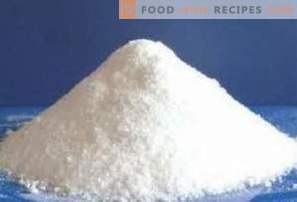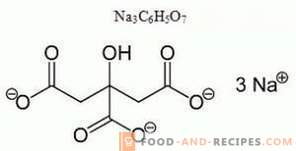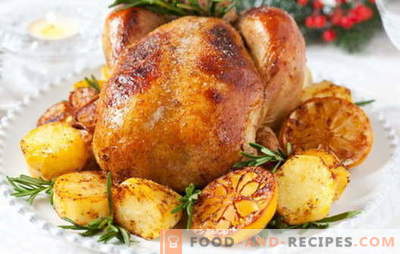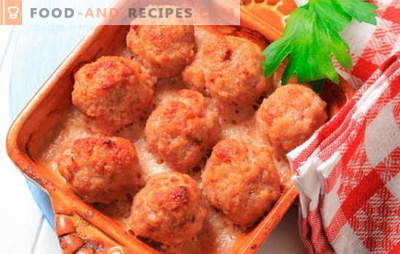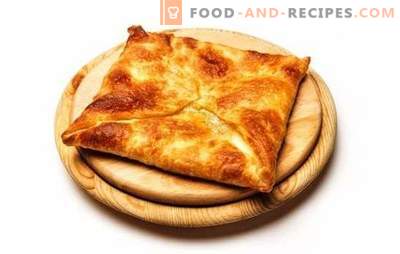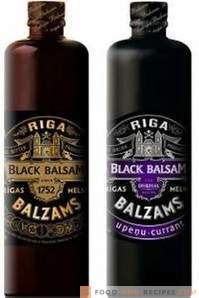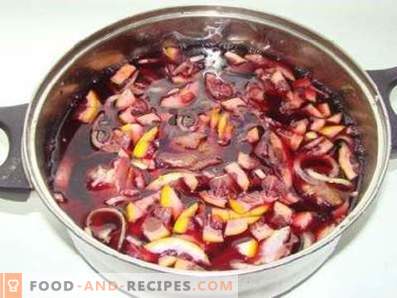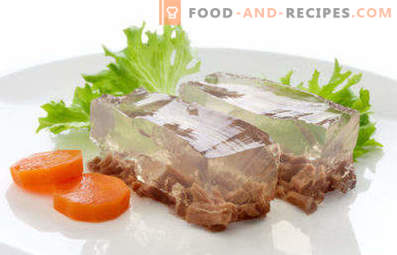
The royal dish aspic is a real decoration of the festive table, which has been a guest of our tables for centuries. Interestingly, in Russia it was served only in rich houses. Moreover, the recipe was somewhat different from the one that reached our time. Usually jelly was cooked at the end of the feast: they collected all the remains of meat products, cut them into cubes and boiled them a little in the meat broth. Then the hot mixture was poured into bowls, and placed in a cold place.
Today, brawn is cooked differently, but the recipe still leaves plenty of room for imagination. In some families, for example, they prefer “prefab” aspic, for which they take several types of meat and poultry. In others, jelly is cooked exclusively on pork or beef. Naturally, depending on the set of products, the calorie content of a dish undergoes changes, its effect on the organism varies slightly.
And what about the composition?
The chemical components of the jelly are impressive in their diversity and variety. The finished dish contains decent dosages of calcium, fluorine, sulfur, phosphorus, copper, rubidium, boron, aluminum, vanadium. Moreover, the vast majority of calcium, sulfur and phosphorus. Jelly is cooked for a very long time, but despite this, there is a fairly large amount of vitamins A and B9, ascorbic acid.
Natural collagen for natural youth
If the set of proteins, carbohydrates and biologically active compounds is different for each individual variety of jelly, then the abundance of collagen is something common that unites all its types. Jelly can be considered a favorite among foods for the content of a beneficial substance. Collagen is a mandatory participant in the process of cell renewal, prevents erasing cartilage, fights wrinkles. When cooking, most of it is destroyed, but the one that remains in the jelly is enough to have a powerful effect on the body. Thus, the aging process slows down, the joints heal.
In addition to collagen, in the chill contains a large amount of gelatin. In combination with collagen molecules, it forms stable compounds that prevent the abrasion of cartilage, improve the depreciation and mobility of joints. That is why very often even doctors, who recognize the effectiveness of exclusively official medicine, recommend that patients with problems of the musculoskeletal mechanism regularly use halts and jellies.
As part of the jelly simply amazing concentration of vitamins of group B, retinol and glycine, as well as a whole complex of essential amino acids. They have an antiviral effect, promote calcium absorption and are responsible for the formation of hemoglobin, with a deficiency in which the body can not function properly. Retinol boosts immunity and has a positive effect on the optic nerves, amino acetic acid (glycine) - essential for normal functioning of the brain and nervous system, relieves psychological stress, and even helps to cope with depression.
Without measure even the medicine is poison!
This expression is appropriate not only in relation to drugs. If there is jelly in huge quantities, its benefits will also be rather doubtful. First of all, because with an immoderate appetite for jelly, quite a large amount of cholesterol is ingested. When it accumulates in abundance, it “cements” the vessels with cholesterol plaques and adversely affects the circulatory system. Jelly is perceived as hard by the digestive tract: an abundance of meat and by-products, garlic and spices that are quite aggressive with respect to the mucous GIT increase the time of digestion of the dish. As a result, heartburn, heaviness in the stomach and liver problems appear. Large enough and calorie jelly. Depending on the recipe and preferred meat, it can reach 350 kcal per 100 grams of the finished product! So this dish is not for losing weight.
Calories of brawn (per 100 g)
- Of chicken legs - 120 kcal;
- beef - 140 kcal;
- chicken - 150 kcal;
- from turkey - 160 kcal;
- pork - 180 kcal;
- from chicken legs and thighs - 290 kcal;
- pork legs - 350 kcal.
The basis of the dish - beef broth - contains a large amount of growth hormones. They provoke the development of inflammatory processes and, moreover, are capable of provoking tissue hypertrophy. And with pork broth histamine enters our body, which often causes the development of appendicitis, furunculosis and gall bladder diseases.
To saturate the body with nutrients, it is enough to eat brawn just a few times a week. In such quantities, it will bring maximum benefit, and will not cause disturbances in the work of the cardiovascular system, gastrointestinal tract and liver.

